I grew up in Columbia, S.C. during the previous golden era of South Carolina Gamecock basketball. The dapper dresser, white convertible Cadillac driving and snarling, bare-knuckled back alley fighter, coach Frank McQuire established a reversed underground railroad; recruiting tough minded, insolent white kids off the streets of New York City and brought them down to Columbia to play basketball.
I worked in Weemy Baskin’s bar on Harden Street called the Stage Door where the New York Gamecocks paid no attention to the strict South Carolina drinking age restrictions or brown bag laws, and no one called them on it. The 6’10” Tom Riker, 6’3” team captain Bobby Cremins, and All-Americans 6’11” Tom Owens and 6’3” John Roche were hard drinkers, hard partiers and hard players whose rose to #1 in the national rankings in 1970 and went 14-0 in the rugged ACC regular season.
The cocky New Yorkers thumbed their noses at the traditional ACC powers as they romped through the regular season. The Gamecock success, John Roche’s exquisite ability to control a game from his point guard position, the street thug attitude of the entire roster and the long simmering dislike of McGuire around the entire ACC, generated a true hatred of the team around the league. That bitterness persisted for years and ultimately lead to USC’s abandonment of the ACC.
The Gamecocks gave no quarter, nor expected it. The only non-New Yorker in the starting line-up was the brutish 6’8” John Ribock from Georgia. Think Hodor from Game of Thrones, Ribock’s responsibility was to make sure that no one tried to muscle the slight All-American point guard. Ribock once took on 9 guys at the Stage Door reducing it to “the bar-room from Shane” according to one witness. I was at the Carolina Coliseum the night that Ribock squared off with the 6’10” 250-lb Duke center, Randy Denton which could have become the biggest super-heavyweight prize fight ever. Ribock was also at the center of a massive brawl that ended the USC-Maryland game with 4 minutes and 52 seconds remaining.
Ribock was pummeling a Maryland player who had sucker-punched him earlier in the game when Maryland coach Lefty Driesell tried to intervene. Driesell called Ribock “crazy”, before and after Ribock connected twice with his face, bruising his lip and creek. It was a different time when coach Lefty promised retaliation when the Gamecocks visited College Park and warned McQuire to not even set foot in his state. They were a self-described “team of hotheads” and the Carolina faithful loved them with the same fervor that you saw in Madison Square Garden last weekend.
The undefeated 1970 Gamecocks entered the ACC tournament as heavy favorites, as well as one of a small circle of teams considered to be national title contenders. The top-ranked Gamecocks got by a scrappy, but undermanned Clemson Tiger team 34-33 in the quarterfinals. At the time there was no shot clock, and Clemson tried to win in a slowdown. In the semi-finals, the Gamecocks blew out Wake Forest 79 to 63. With 4 minutes to go, Roche and Cremins came down court on a 2 on 1 fast break. Roche faked a pass to Cremins and took it himself. The defender tripped him and Roche fell hard suffering a severe ankle injury.
The next night, South Carolina took on the number 3 seed N.C. State Wolfpack lead by All-ACC forward Van Williford. Other than Williford, N.C. State really couldn’t match up with the Gamecocks and also tried to slow down the game. John Roche came off crutches to try to play, but was essentially one-legged. The stall tactics were even more effective with the Carolina point guard hobbled. N.C.State won the game 42-39 in double overtime. At the time, the NCAA tournament only took 25 teams and winning the regular season meant nothing. Only the ACC tournament champion received a bid to the “Not so Big Dance.”
Bobby Cremins was so heartbroken that he and another teammate did not even return to school. They went to the North Carolina Mountains and wandered the woods like Kwai Chang Caine from Kung Fu. They finally hitchhiked back to Columbia two weeks later. To this day, Cremins wishes that Roche had passed him the ball on the 2 on 1 break. The Gamecock fans were heartbroken as well. A heartbreak that was probably not fully absolved until this past incredible weekend in New York City, behind another dapper dressing coach of a similar temperament, Frank Martin.
After graduating from Spring Valley High School in Columbia, S.C., I left for college at Seton Hall University. A small Catholic college of about 6,000 students in South Orange, N.J., it had no southern tradition of Saturday afternoon college football. Seton Hall didn’t even have a football team. But it did have a rich basketball history. In 1953, the Seton Hall Pirates had a 31-2 record behind star guard Richie Regan and superstar 7’0” center Walter Dukes who averaged 20 points and 20 rebounds per game for the season.
The top ranked 1953 Pirates decided to attend the NIT, which they won over St Johns, instead of the relatively new and less prestigious NCAA tournament. When I arrived in 1972, Seton Hall was struggling to return to relevance after suspending basketball due to a point shaving scandal in 1961. The team was being rebuilt by a dapper dressing, flamboyant coach named Bill Raftery. In an underappreciated coaching career, Raftery got the Pirates back to the NIT in 1974 behind “Smilin” Glenn Moseley and asked to be one of the founding members of the Big East Conference in 1979.
Seton Hall continued to build the basketball program back to prominence despite the intense competition of the Big East Conference during its 1980s heyday. That return to 1950s glory was finally accomplished in 1989 behind even another dapper dressing New York City coach who preached toughness and defense with an intensity that even Frank Martin would appreciate. PJ Carlesimo took his lumps early on as the new Pirate coach, and was on an extremely hot seat until Mark Bryant took his 1988 team on a late season run to the NCAA tournament. That success set the stage for a magical 1989.
A low seeded SHU Pirate team surprised the basketball world by defeating Southwest Missouri State Bears and Evansville in the first two rounds. They then shocked the basketball world by routing a succession of basketball blue bloods in UNLV, Indiana and Duke. In the National semi-finals, the Pirates fell behind powerhouse Duke, and the national player of the year Danny Ferry, by 18 points in the first half before storming back to win by 17 points.
The small Catholic school from South Orange N.J. with no recent history of NCAA success, had fought its way to the national championship game with a team of hardnosed New York City street kids, magnificent and relentless defense, consistently strong offense from underrated players with a chip on their shoulder, and an intense coach who refuses to lose.
Maybe I am stretching a point a bit because of my affinity for both teams, but I see a lot of similarities between those 1989 Pirates and the 2017 Gamecocks. Unexpected, true Cinderella stories that remind people of how much can be accomplished with senior leadership (where has that gone in college basketball), an inspirational coach, true team play, a commitment to making the other team knuckle under and undeniable will power. I am so excited to see the Gamecocks play next weekend. There is no limit to how far those team characteristics can take them. I wish Frank Martin, Sindarius Thornwell, Perry Dozier, Chris Silva and all the other Gamecocks the very best of luck and my heart will be with them.
All that said, I do relate this comparison to the 1989 Pirates as a cautionary tale. Unexpected and magical rides can end in heartbreaking sadness. To this day, the 1989 NCAA Final between Seton Hall and Michigan remains one of the greatest and most memorable games in NCAA Tournament history. The two teams battled to a tie in regulation behind one big shot after another from Greg Morton (SHU- 35 points) and Glenn Rice (Michigan -31 points). Overtime went back and forth. Seton Hall held a 1 point lead, but missed its final shot with 7 seconds left. Michigan rebounded and passed to their point guard Rumeal Robinson who ran it up court. He drove into the lane and kicked it out to Loy Vaught who had an open look for the win with 3 seconds left.
Twenty eight years later, I can still hear, and will never understand, the sound of an official’s whistle stopping play on the Seattle Kingdome floor. John Clougherty called the most infamous foul in the history of the NCAA tournament. With 3 seconds left in overtime, he called a blocking foul on Gerald Greene against Rumeal Robinson who had already passed to a wide open Loy Vaught. Just in case you question the egregious nature of this call, I have linked the last few minutes of regulation and overtime for your review.
Besides the phantom call on Gerald Greene with 3 seconds left in overtime, also check out the real reach-in that wasn’t called when Greg Morton drives the center of the lane with 1:35 seconds left in overtime.
Sour grapes? Unquestionably. However, the heartbreak of an NCAA Tournament finals loss is something you will never forget, and possibly never recover from.
In cruel twists of fate, the two principles who collided (figuratively and literally) in what remains the most controversial call in Final Four history, saw their lives spiral out of control. Seton Hall guard Gerald Greene, who Clougherty called for blocking with 3 seconds left, has been in and out of trouble and substance abuse for years. At a 25 year reunion, none of his teammates even knew where he was.
Michigan guard, Rumeal Robinson, who made both free throws to win the game 80-79, is currently serving Federal prison time for defrauding investors in a series of business scams.
Carlesimo has been universally admired for his graciousness after the bitter defeat. Neither that night, nor any time since has he criticized the game deciding call. Following the coach’s lead, the Seton Hall players also responded with poise and dignity. Not one moaned or pointed fingers at Clougherty. Many people believed that Carlesimo saved Clougherty’s career by not ripping him publically. The 1989 Final Four was Clougherty’s fifth in a row. He was not invited back in 1990.
When he heard the whistle, Pirate star John Morton thought, “Oh man, he’s getting two shots. Wow, this is going to end. Let the players decide the game. It was hard to take, losing like that.” After the game, even Michigan hero Rumeal Robinson conceded, “It was kind of weak to make that call at that time. I honestly feel that if I was the referee, I probably wouldn’t have called that. I would have let the play go on because there’s only three seconds left. When you have so much riding on the game. Why call that?”
Clougherty, long time coordinator of ACC officials told the Raleigh News and Observer several years ago, “There was contact. If I had waited, held the whistle, maybe I could have made a better judgement on the contact.” He later was quoted in a Sports Illustrated story as saying, “I’ve had to answer for that call for 25 years.”
Pookey Wigginton, a backup Seton Hall guard and now comedian Kevin Hart’s agent, called it “a life –changing call.” He added, “I was surprised that a whistle would be called that far away from the basket with the game on the line in overtime. That was a call that was really out of character with how the game was being played.” Nick Katsikis, a reserve sharpshooting forward, added, “I still can’t sleep thinking about that call.” Almost to a man, the members of the Seton Hall Pirates 1989 tournament team have never watched a replay of the game.
I think I may have lost the message in the story. The point is, the Gamecock Final Four appearance is incredibly exciting after such a long absence from the big dance floor, especially considering some of the frustrations of the past. However, it is a two edged sword. A win will never be forgotten, but neither will a loss. I think back painfully to 1989 ever year during March Madness. Those final seven seconds of overtime play on an unending loop in my head. I pray for the Pirates to get back to the finals every year, but they haven’t done it (they were eliminated this year on another bogus flagrant intentional foul call where the referees decided to take the game out of the player’s hands- but that’s another story). Maybe they never will in my lifetime.
So, I’m pulling hard for my childhood team to get there, and get the ring that my college team was denied. But, I will warn you. If it doesn’t happen, it will hurt. It will hurt badly and redemption may never come. If the Gamecocks do lose, I hope it will be because a better team punched them out, and not because a referee gets confused and thinks he’s who the people came to see.
Go Cocks.

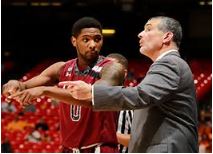
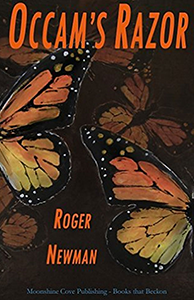
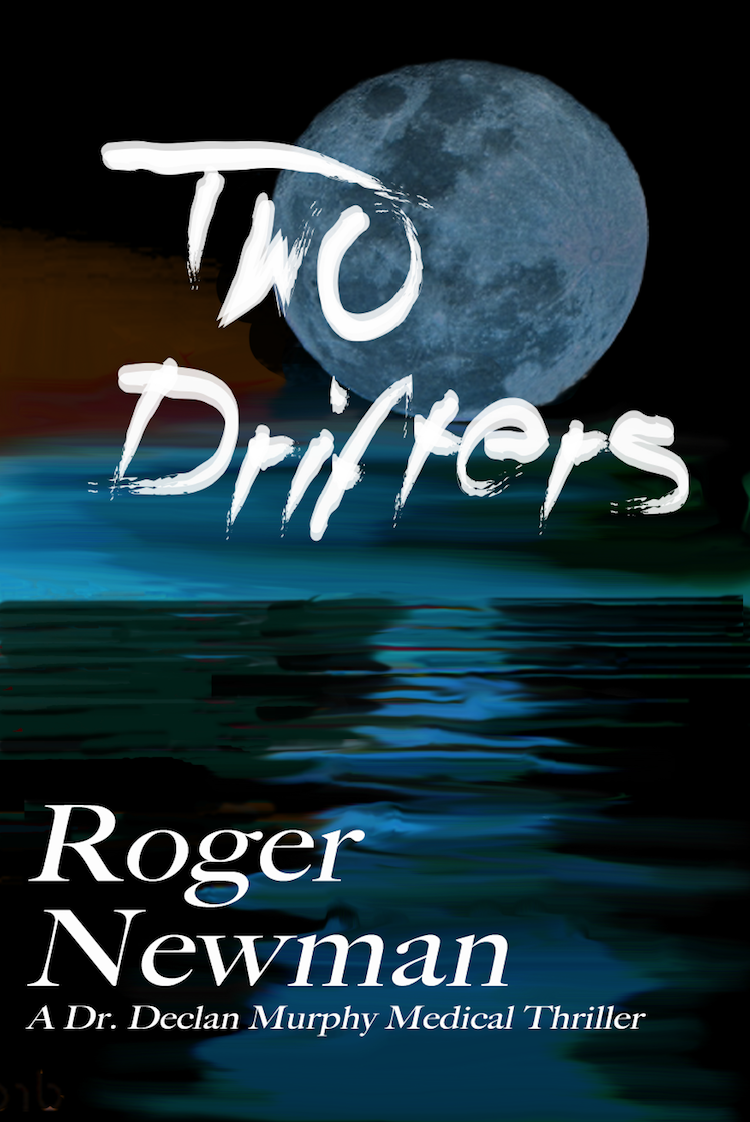
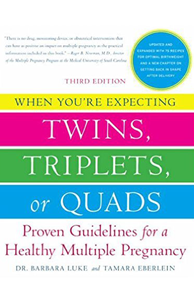

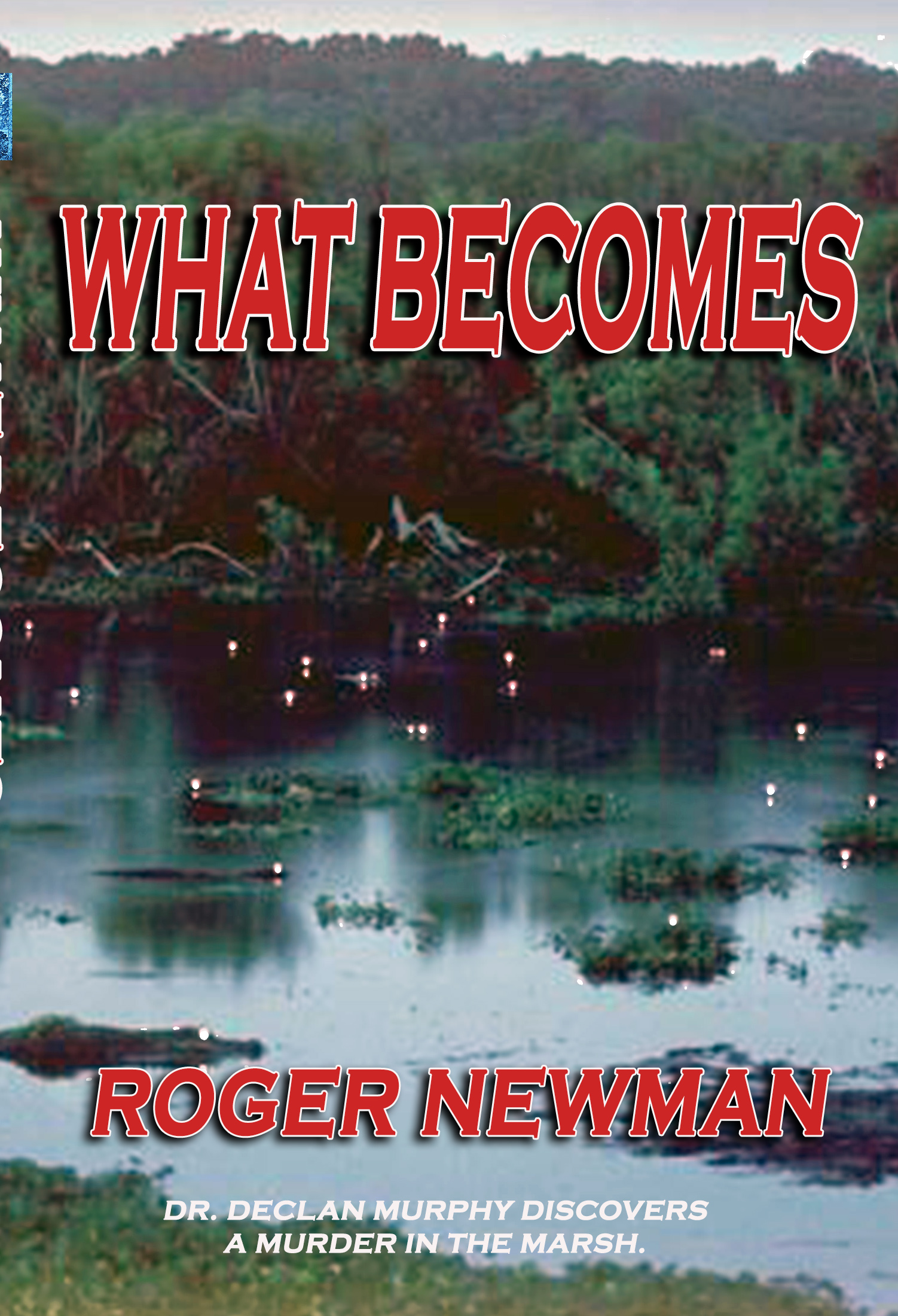

I, too, remember those powerhouse South Carolina teams of the early 70’s. I attended an SHU-SC b-ball game at MSG in 1974 (I’m sure you were there, too), when SC was still “loaded” – Mike Dunleavy was their premier player that year, with SC beating The Hall 75-74 – great game!
None of us loyal SHU grads will ever forget “the foul” at :03 of regulation time.
Outstanding post, Dr. Newman – keep ’em coming!
Thanks Bill. I was at that 74 game as well. So close. Just watched the USC comeback come up a bit short against Gonzaga. Great game.
Great piece, thanks,Roger
Thanks Tim.
Thank you for this lovely email
Great story, Roger. I never appreciated basketball until I moved to Durham, NC. I caught the ACC fever and have been a Duke fan ever since! That being said, South Carolina outplayed the Bluedevils in game 2 and deserved to win! I also grew up in Columbia during the 70’s and remember Frank McGuire’s Gamecocks! I am hoping they play UNC for the final game and win…but they have to win the Gonzaga game first! There is a vote going on in Charlotte and so far more people are voting for USC!!!! I will be devoting Sat to watching basketball. Wish I could travel to Phoenix to see it live! From one South Carolinian to another “Let’s go Gamecocks”!!! Mary
Thanks Mary. Just finished watch the USC-Gonzaga game. Great comeback but came up just a bit short. I really like their coach Martin. Classy guy. UNC looks like they will hold on too. UNC – Gonzaga should be a good game. Take care…………..roger
Amen.